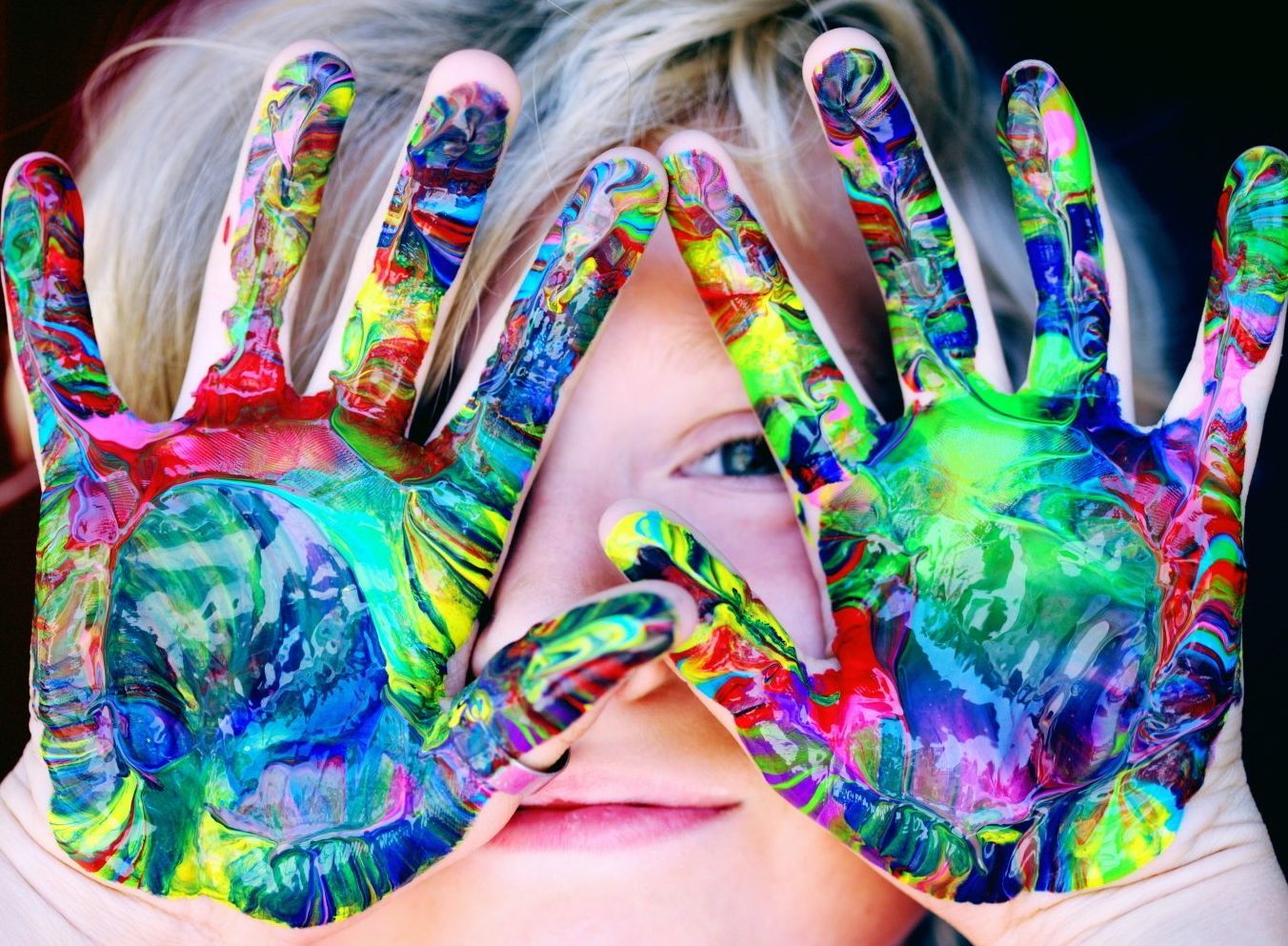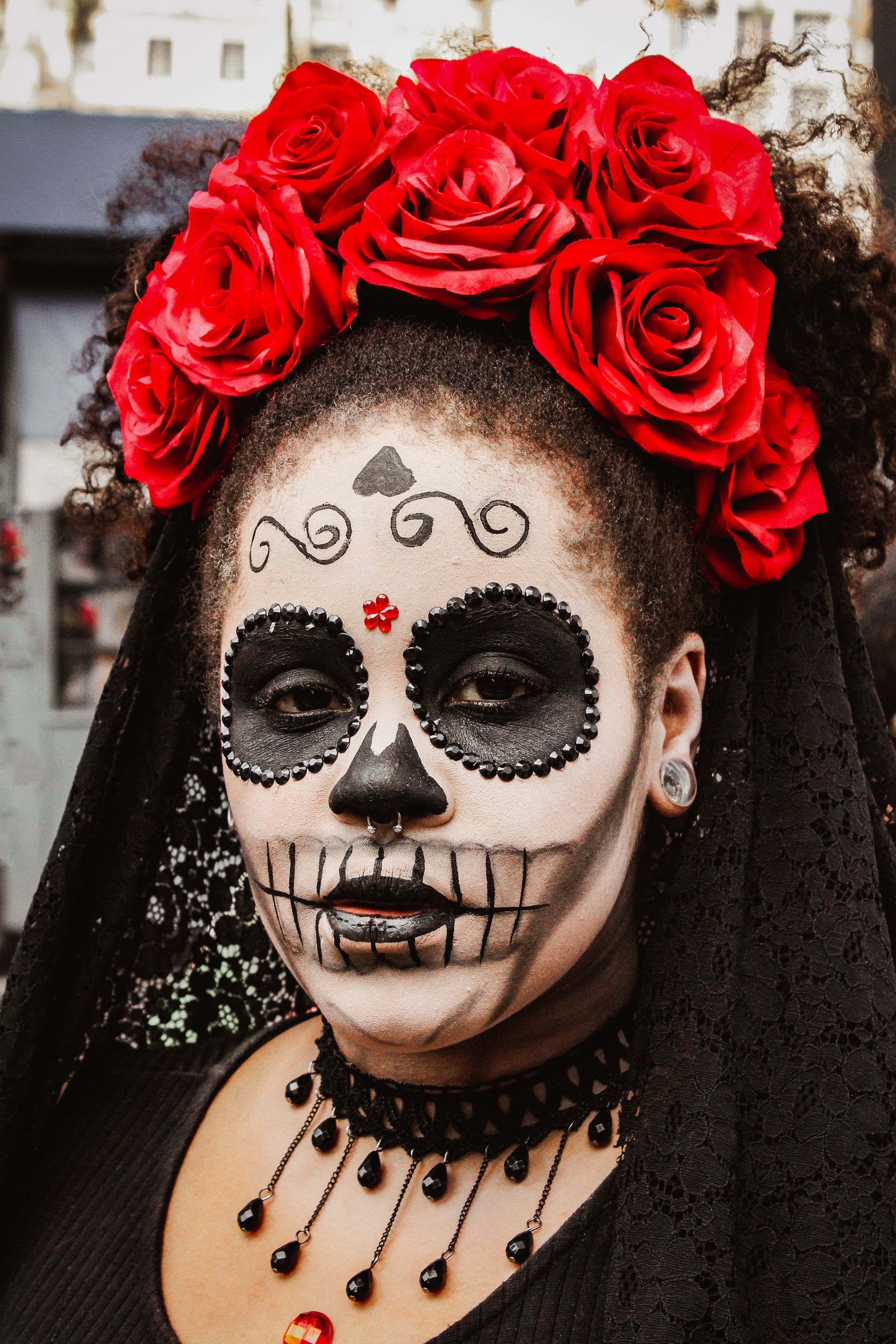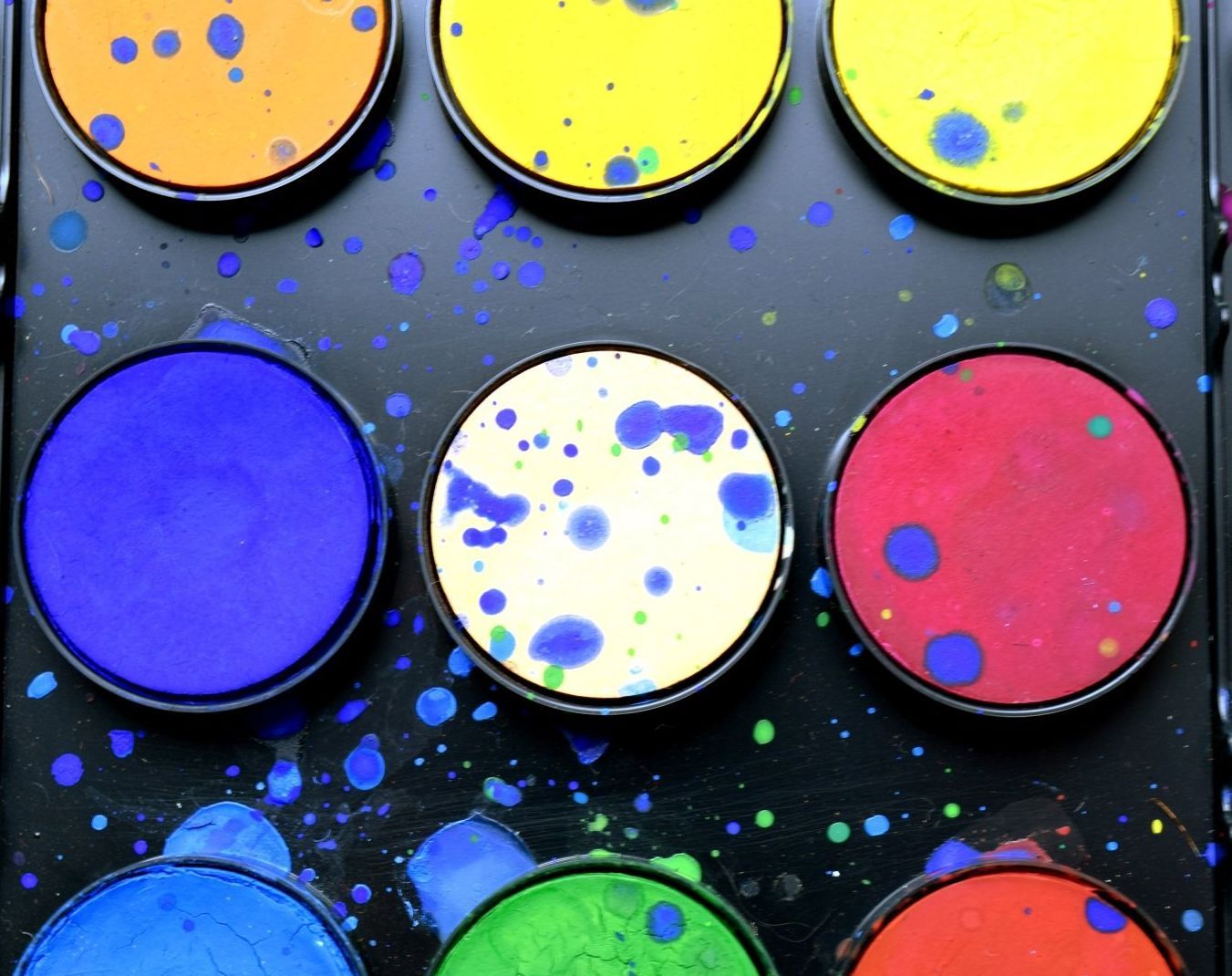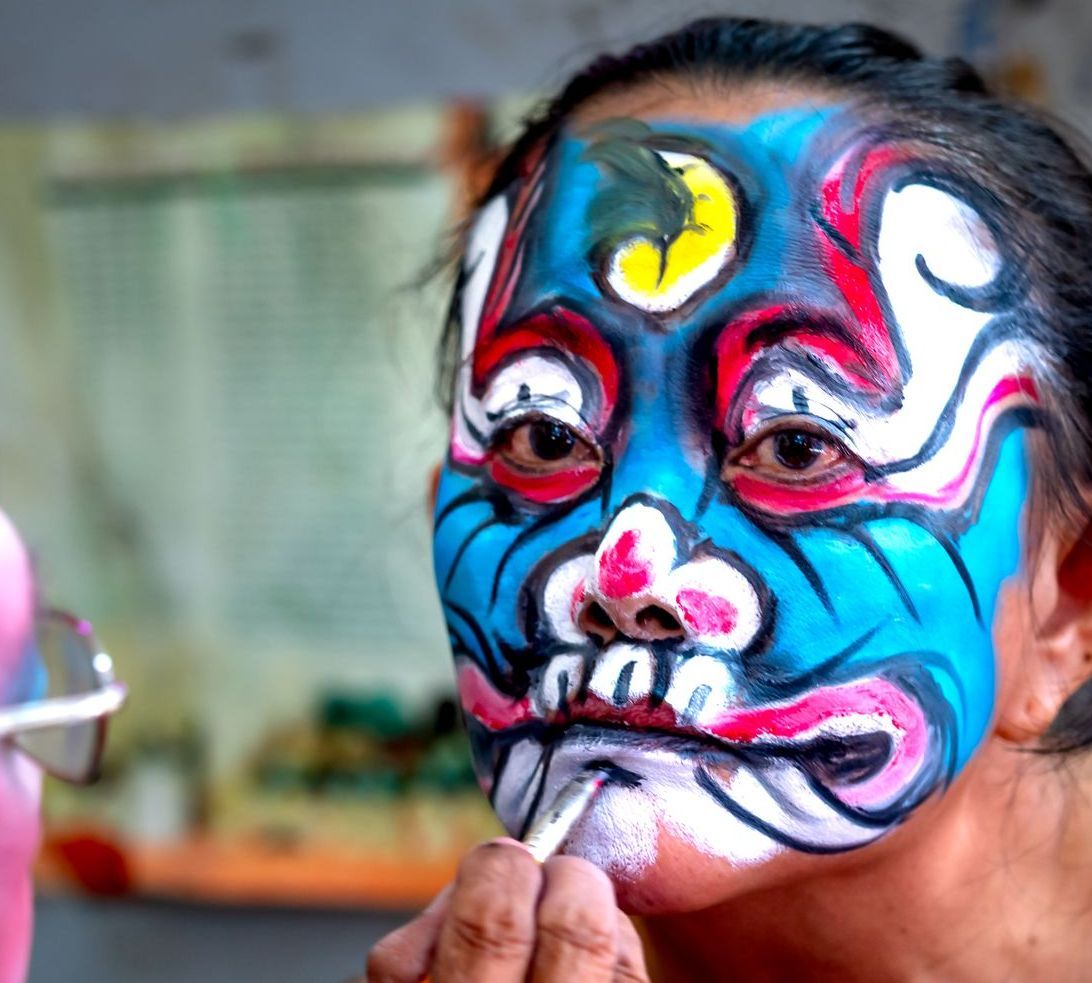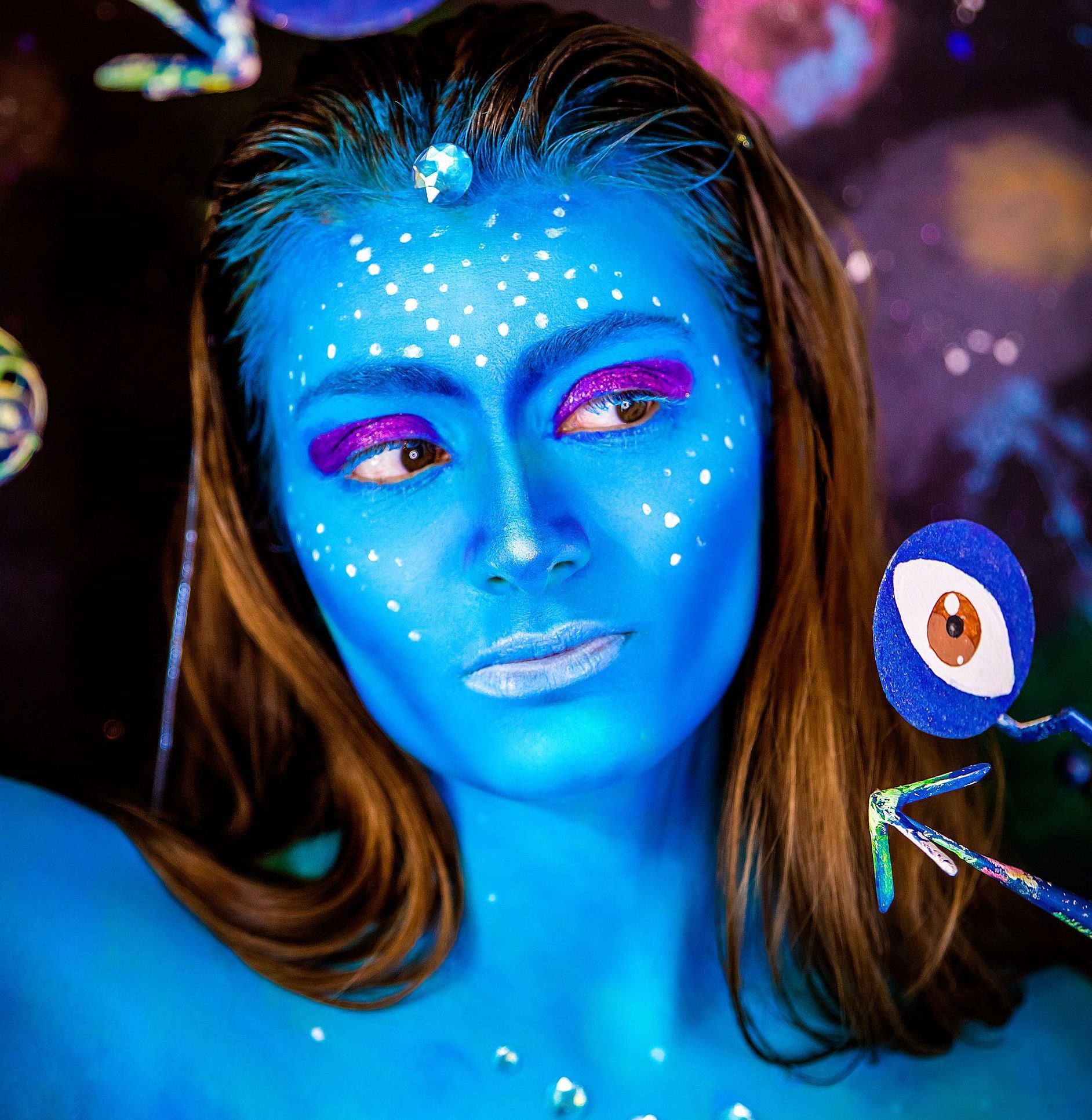Mastering Face Painting: Techniques, Tools, and Materials for Creative Artistry
How do you do face painting?
Face painting is a vibrant form of artistic expression. Whether you're looking to entertain at a child's party, elevate your cosplay game, or create a stunning Halloween look, understanding the right techniques and tools is essential. This comprehensive guide will discuss various face painting techniques like sponge application, brush strokes, and blending, and delve into the different types of paints and tools used.
A. Face Painting Techniques
1. Sponge Application
Sponge application is one of the most basic yet effective face painting techniques. This technique is ideal for quickly covering large areas and creating smooth base layers. Wet your sponge slightly, dip it in the paint, and apply with a dabbing motion. When working with multiple colors, start with the lightest shade and gradually move toward the darker ones to avoid color muddling.
2. Brush Strokes
Using brush strokes allows for more detailed and intricate designs. There are various brush stroke techniques to explore, including:
- The Line Stroke: This is the most common stroke used to create outlines or small details. Apply pressure for thick lines, and lighten it up for thin lines.
- The Dot Stroke: Ideal for adding decorative touches or creating textural effects, this involves simply dabbing the tip of your brush onto the skin.
- The Dry Brush Stroke: This technique uses a brush with very little paint to create shadows or a hint of color.
3. Blending
Blending is the key to achieving gradients and transitions between colors, giving your design depth and a professional finish. You can blend colors using a brush or a sponge. When blending, remember to do it while the paint is still wet for smoother transitions. However, practice is essential to perfect this technique, as mixing colors needs to be done quickly before the paint dries.
B. Types of Paints and Tools for Face Painting
1. Paints
Primarily, there are three types of paints used for face painting:
- Water-Based Paints: These are the most common for face painting. They're easy to use, dry quickly, and can be removed with soap and water.
- Cream-Based Paints: These paints provide a richer color payoff and smoother application but take longer to dry and might require setting powder.
- Oil-Based Paints: While they offer vibrant color and longevity, they're typically harder to remove and may not be suitable for sensitive skin.
Always choose paints that are safe and specifically designed for face painting. They should be non-toxic and FDA-compliant to ensure they're safe for use on the skin.
2. Tools
The two primary tools you need for face painting are brushes and sponges. Brushes are perfect for detail work, while sponges are great for covering larger areas. Both come in various sizes to suit different purposes. Other tools to consider are stencils for precise shapes and designs, glitter for adding sparkle and setting spray to increase the longevity of your design.
Remember, like any other art, face painting requires patience and practice. It's about understanding the basic techniques and finding the right tools and materials that work for you. So, grab your paints, let your imagination run wild, and start creating your unique face-painting masterpiece!
Face Painting Virginia Beach Blog
